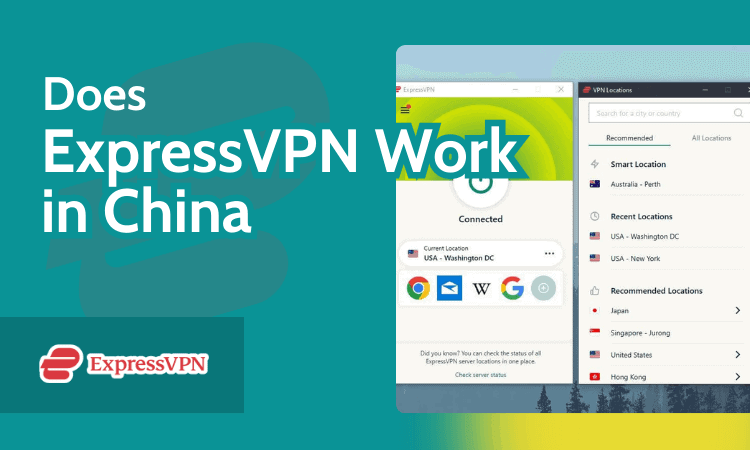Unilever Aims High on Sustainability—and We’re Helping
If you’re reading this, odds are you’ve used many of Unilever’s products over your lifetime. In fact, you’ve probably got at least a few of them living in your bathroom, pantry, or fridge at this very moment. Founded in 1929 through the merger of a British soap maker and a Dutch margarine company, this London-based multinational corporation has stayed true to its roots producing mostly personal care products and packaged foods—and as of 2024, it’s grown into a $116 billion business that sells its brands in nearly every country on Earth. With two to three billion people using these products every day, Unilever’s market penetration and profitability are beyond question. But such enormous and consistent production can be something of a double-edged sword—there are, of course, social & environmental impacts to running an operation of such scale. This is why Unilever has committed itself to one of the most ambitious corporate ERG initiatives the business world has ever seen. Indeed, if any organization is in a position to “make sustainable living commonplace”—their self-stated goal—it’s Unilever. While this is a massive effort involving an extensive multi-pronged strategy that depends on countless leaders, employees, partners, services, and tools, this piece will focus specifically on the problem of consumer goods waste and how Unilever is tackling this problem with B-Stock as a key partner.
Excess Inventory: A Universal Challenge
The pillars of the Unilever Compass, what they’re now calling this sweeping initiative, include acting against climate change, protecting and regenerating nature, and building a waste-free world. Within that third pillar, there are two opportunities to reduce waste: (1) preventing the generation of waste and (2) ensuring the outflow of all excess inventory. Despite high-efficiency production and top-notch demand forecasting, Unilever recognized an unfortunate reality: some portion of goods produced will always go unsold. After examining both the environmental impact and business implications of these unsold goods, Unilever understood that novel and effective channels for reselling this inventory would be crucial to the overall effort.
Where Legacy Processes Fall Short
Historically, when Unilver needed to move out excess goods, it would reach out to initiate negotiations with its many separate inventory reduction channels—a collection of liquidators, wholesalers, and brokers that trade in unsold goods. While such services may have worked well enough in the past, modern global-minded enterprises should be looking for more sophisticated alternatives, especially given the handful of critical shortcomings of traditional approaches. Firstly, these old-fashioned liquidation partners may offer just pennies on the dollar for unsold merchandise with little room for negotiation. And once these surplus goods are sold off to such buyers, they can change hands many times before reaching consumers, and each time the new owner takes their cut of the items’ value—value that should ideally be working for the original brand or retailer. It’s also tough for brands and retailers to predict where their surplus will wind up when selling to these traditional partners, so if brand reputation is at all a concern, a company would be better off selling the surplus directly to a vetted and qualified business buyer who will pass them directly on to end consumers.
Finally and most importantly come the matters of scale and efficiency. While there’s certainly no shortage of liquidators and brokers waiting to take on slow-moving inventory, brands should be wary of engaging with too many of them. While it sounds counterintuitive, the more resale channels a business uses, the more time and resources it must spend to manage those relationships through disparate methods including phone calls, emails, shared spreadsheets, etc. And keeping your liquidation partners down to a select few comes with a downside too: using fewer channels—while a lighter lift in terms of man-hours—means that the whole recommerce strategy hinges on just a few points of failure. If, for whatever reason, a trusted partner moves, closes its doors, or simply cannot buy as expected, then a brand or retailer can be left scrambling to move out excess inventory as warehouses clog up.
Now that the business-oriented problems are laid out clearly, how exactly does sustainability factor in? The pessimists of the world might consider financial success and sustainability to be at odds with each other, if not totally mutually exclusive. While this is an unimaginative perspective (and an untrue one, as we’ll see shortly), a member of this crowd might pose an interesting question: If the common, traditional recommerce methods are so inefficient, why bother at all? Without a scalable, easy-to-use method for clearing out unsold inventory, leaders are disinclined to make a bonafide effort to improve sustainability, opting instead to landfill or incinerate their slow-moving goods. But if there existed a proven solution that could help brands and retailers achieve both goals, the cynics might change their tune.
Fortunately, Unilever found one such solution—one that addressed all the issues above, proving itself to be a superior option for both business and sustainability.
The Benefits of B-Stock for Business and Beyond
In late 2019, Unilever reached out to B-Stock Solutions, the world’s largest B2B recommerce marketplace for returned and excess goods. B-Stock has spent nearly 20 years connecting the world’s leading brands and retailers directly to a global network of trusted business buyers who compete to purchase high-quality unsold inventory that they rely on to stock the shelves of their own consumer goods businesses. Unilever quickly came to understand the enormous value of this approach and decided to partner with B-Stock. Instead of soliciting and comparing many offers through multiple rounds of phonecalls and emails, this online marketplace centralizes recommerce efforts under a managed subscription model—and it made all the difference.
One leader at Unilever broke down the partnership’s strengths into five key areas:
Cost of Goods (CoG) Recovery
B-Stock’s list-and-bid sales model forces many potential buyers to compete among themselves, naturally extracting the highest willingness to pay. While tax writeoffs and donations had been bringing in 0-20% CoG recovery, Unilever found that B-Stock was securing them 55-200% CoG recovery—an undeniable improvement.
Convenience & Efficiency
For every auction that the company holds on the B-Stock platform, either the buyer or a third-party shipper picks up the lot from a Unilever warehouse and brings it to its destination. This has eliminated the need for Unilever to transport the excess goods itself. Cutting out this step saved both time and critical logistics resources that could then be put toward moving around newer, more profitable items.
Reach & Demand
Instead of relying on a few familiar liquidation partners, B-Stock’s buyer network brought in hundreds of new, relevant, and qualified—but previously unknown—buyers. Further, B-Stock expanded Unilever’s buyer base to include operations with limited or inconsistent buying power. Under the traditional liquidation model, managing relationships with such buyers wouldn’t be worth Unilever’s time, but on the B-Stock platform, it’s as easy to sell to a thousand buyers as it is to sell to one.
Speed at Scale
Holding multi-user auctions on a single centralized platform enabled quicker, more efficient outflow of goods. Between high buyer demand and assistance from B-Stock’s recommerce experts, the solution also scales up easily. In a single week, Unilever has sold over 35,000 consumer units through 8 separate auctions, resulting in a turnover of over €8,000, although B-Stock could easily increase or decrease resale cadence as needed.
Sustainability
Selling excess inventory to business buyers helps these goods find new life in the hands of consumers rather than simply taking up space in a warehouse—or worse—piling up in landfills, leaching into waterways, or poisoning the air as incinerator fumes. From an environmental point of view, rehoming these goods is a vastly preferable outcome.
B-Stock Drives Positive Outcomes
While Unilever openly acknowledges that B-Stock was a natural fit for its problems and priorities, B-Stock still maintains highly granular performance records to allow for continuous analysis and data-backed program optimization over years of partnership. Sometimes, we like to let these numbers speak for themselves. From the launch of the program in 2019 through 2024, B-Stock has expanded Unilever’s base of business buyers from just a small handful of liquidators to nearly 1,000 unique bidders and more than 230 unique buyers across over 30 nations in Europe and North America. Moreover, about 4 out of 5 of those auctions were won by loyal repeat customers. But while these numbers bode well for business, it’s the sustainability impact of this partnership that’s truly impressive. Over the…
Source link












![The 15 Best Python Courses Online in 2024 [Free + Paid]](https://news.pourover.ai/wp-content/themes/jnews/assets/img/jeg-empty.png)









